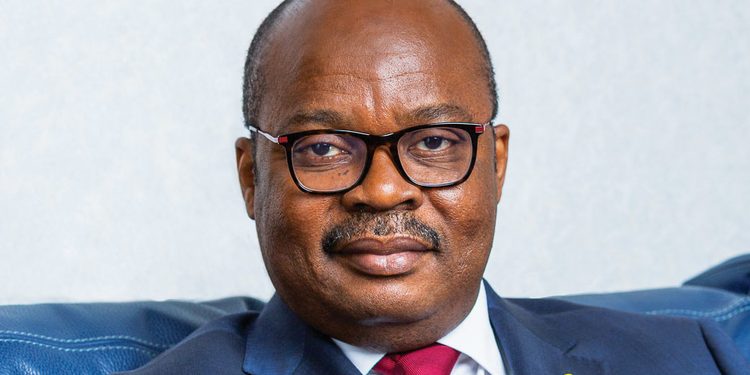Ghana’s public debt stock has slightly risen to 68.3 per cent of Gross Domestic Product (GDP) – approximately by 2 per cent more.
The country’s debt stock as at end-June was Ghs 255,727.1 million ($45,486.1 million), representing 66.36 per cent of GDP.
Making the disclosure at the Central Bank’s 96th Monetary Policy Committee (MPC) press briefing, Dr Ernest Addison, Governor of the Central Bank attributed the increase in the debt stock to slight increments in primary balance and budget deficits as against their revised targets.
On fiscal policy, provisional data on budget execution for the first seven months, showed an overall budget deficit of 7.4 per cent of GDP, against the revised target of 7.2 per cent of GDP as the COVID-19 pandemic continued to impact fiscal operations. The primary balance also recorded a deficit of 3.7 percent of GDP, above the planned target of 3.4 percent of GDP,
Dr Ernest Addison stated.
Over the review period, total revenue and grants amounted to GH¢27.7 billion compared with the target of GH¢26.8 billion. Total expenditures and arrears clearance amounted to GH¢56.2 billion, above the target of GH¢53.3 billion. These developments impacted the stock of public debt which rose to 68.3 percent of GDP (GH¢263 billion) at the end of July 2020, compared with 62.4 percent of GDP (GH¢218.2 billion) at the end of December 2019,
Dr Ernest Addison added.
Of the total debt stock, domestic debt is Ghs 125.1 billion (32.5 per cent of GDP) while external debt is Ghs 138 billion (35.8 per cent of GDP), representing 52.4 per cent of the total public debt.
Debt stock higher than what government‘s claims
Regarding the country’s public debt, some analysts have rejected the figure given by government asserting that, the debt stock is higher than what government is presenting to Ghanaians.
Prominent among the analysts rejecting government’s claim is the lead partner of tax firm, PFM Tax Africa and former Finance Minister, Seth Terkper.
The former Finance Minister in a series of articles have provided basis for his claims of the country’s debt stock being much higher than what is portrayed by government.
Mr Terkper has accused government of using unconventional methods of calculating the country’s deficits thereby reducing the country’d debt stock.
Trade balance
A lower trade surplus according to Dr Ernest Addison has been recorded for the first eight months of 2020.
The decline in trade surplus is due to the 9 per cent and 9.2 per cent contraction in total exports and imports respectively.
Total imports contracted to $9,622.3 million, driven mainly by the sharp decline of $1,142.5 million in crude oil export receipts due to the drop in prices.
Total imports also contracted to $8,304.3 million on account of a 28.6 percent and 4.7 percent contraction in oil and non-oil imports, respectively.
Trade surplus from January to August, 2020 is $1,318.0 million (2.0 percent of GDP) as compared to $1,421.0 million (2.1 percent of GDP) recorded last year.
Gross International Reserves
Ghana’s gross reserves at end-August 2020 stood at $8,561.9 million, providing cover for 4 months of imports of goods and services.
The reserve level compares with a position of $8,418.1 million recorded at the end of December 2019, also equivalent to 4 months of import cover.








